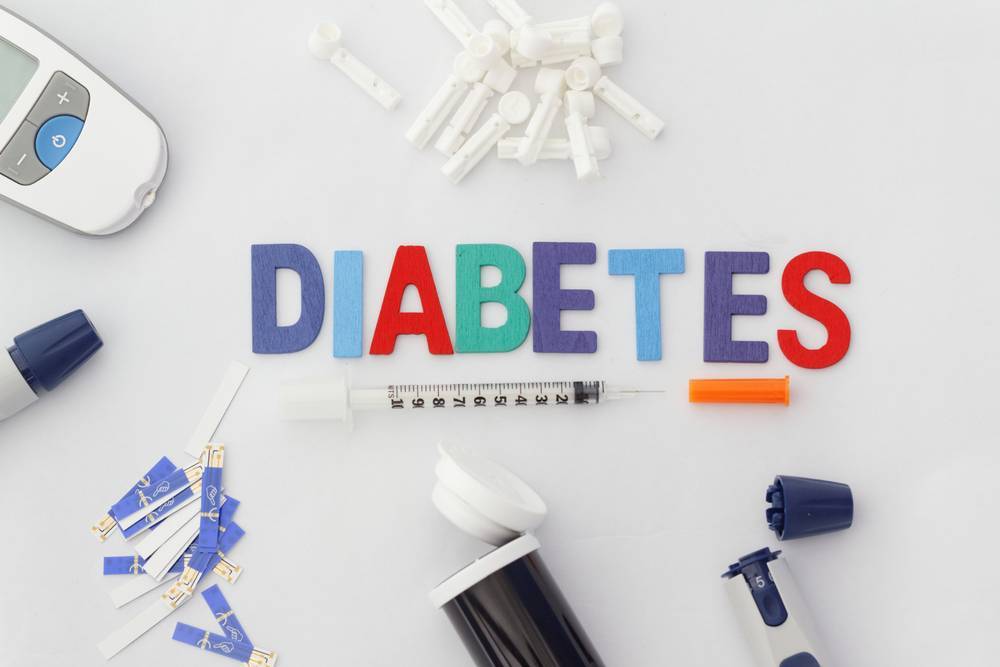Everyone knows what diabetes is, but what about the complications of diabetes? The Journal of Diabetology, in its 2018 edition, mentioned Asia as the epicenter of diabetes, with China and India occupying the top positions. The fast urbanisation and modernisation of Asian countries and certain characteristics specific to the Asian ethnicity, have contributed to the widespread prevalence of diabetes in this region. It is estimated that by 2045, the diabetic population in South East Asia could reach 151 million.
But apart from these numbers, it is the complications that arise from diabetes, that are usually a greater cause for concern.
What is Diabetes?
Diabetes is a condition in which the body’s blood sugar level is higher than the recommended level. This occurs when the body does not produce enough insulin to convert blood glucose (sugar) to energy, for use or for storage. When this happens, the overall blood sugar level in the body shoots up, resulting in diabetes.
Types of Diabetes
There are two types of diabetes – Type 1 and Type 2. In Type 1 diabetes, the body does not make insulin for converting glucose to energy. This type of diabetes is usually inherited, mostly discovered in children and young adults, and cannot be prevented. Type 2 diabetes is the more common variant that occurs when the body does not produce enough insulin, or becomes less sensitive at converting glucose to energy. This usually happens to people who are slightly older, and is preventable with a healthy lifestyle and diet.
There is another type of diabetes called gestational diabetes that develops in pregnant women. This happens due to hormonal changes during child-bearing. Gestational diabetes is usually temporary, and the mother’s blood sugar will return to normal after delivery.
Complications of Diabetes?
If our blood sugar is not maintained properly, it can affect your body in different ways. This leads to complications secondary to diabetes, that can be life-threatening. In general, a higher level of blood sugar causes disturbances that affect our blood vessels: increased inflammation, constriction or narrowing, and the increased risk for blood clots.
Heart Disease
The above explains why diabetes is a major risk factor for all types of cardiovascular disease, which is also the most common cause of death in patients with diabetes. The propensity for blood vessel narrowing and formation of blood clots, increase blood pressure, and can also cause heart attacks. This occurs when supply of blood rich in oxygen to the heart is cut off, and the heart is unable to receive energy to continue pumping.
Stroke
Similarly, when blood supply is cut off from a blocked blood vessel to the brain, this is when a stroke occurs.
Diabetic Nephropathy
This is a type of kidney disease that is seen in people with diabetes. The main function of the kidney in the body is to filter out waste. The kidney has small structures called nephrons that play a crucial role in filtering the waste. In people with diabetes, the nephrons thicken and scar, thus affecting the kidney’s ability to filter out waste. Eventually it might even lead to kidney failure.
Skin infections
Higher blood sugar levels can also affect the moisture of the skin. The skin becomes overly dry and even crack. Thus, keeping the skin moist using creams and emollients are very important.
The high-pressure points of the body, like under the feet, can develop calluses because of dryness. When untreated, calluses can lead to infection.
But too much moisture on the skin for prolonged periods of time can also lead to bacterial or fungal infections. Thus, make sure to change out and dry the body, especially the toes and fingers, after a bath, a swim, or an exercise session.
Diabetic Neuropathy
Another complication of diabetes is the damage of nerves, which mostly affect those in the hands and feet. This reduces a person with diabetes’ perception of heat, cold, and pain. Thus, if an accident or injury occurs, they may not feel the pain that usually causes a healthy person to seek help or take care of the wound. When left unattended, these wounds tend to fester and are one of the many reasons that lead to amputations in diabetics.
This is why diabetics are told to inspect their hands and feet area regularly for wounds that may require attention.
Diabetic Retinopathy
Retinopathy is a condition in which the blood vessels leading to the retina of the eyes are damaged. Retinopathy starts with mild vision problems like floaters, shadows, and blurred vision. If proper treatment is not sought, it can lead to complete blindness.
A high blood glucose level can also cause glaucoma. This is a condition that puts undue pressure on the eyes, damaging the retina and optic nerve. But the good news about diabetic retinopathy and glaucoma is that with a regular eye check-up, you can save yourself from going blind.
Gum problems
If the blood sugar level is not properly controlled, it might result in swollen and bleeding gums. But good oral hygiene and regular visits to the dentist can help avoid gum problems and the resulting tooth loss.
Living Well with Diabetes
Diabetes is a disease that has a huge potential to affect how the rest of the body functions. Professional medical help should always be sought to find ways, either through medications or lifestyle changes (through what you eat, drink, and do), to ensure that the blood sugar level is within range. Diabetes is a widely studied ailment, with many data-driven, medically-proven interventions that make a difference. With proper education, support and determination to overcome the disease, a good quality of life can be assured for those living with diabetes.

